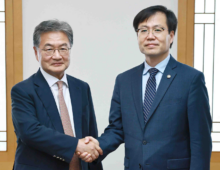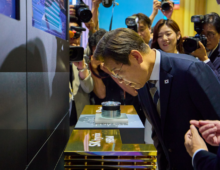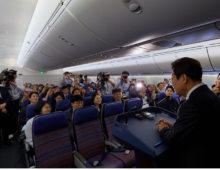As long-standing disagreements resurface, doctors and the government lock horns over proposed medical education reforms
South Korea’s healthcare system is under scrutiny following instances of patients facing challenges in accessing medical care. An illustrative case involves a teenage girl from Daegu who, after a fall from a four-story building, was reportedly denied admission by seven hospitals due to the unavailability of emergency facilities or specialists. Following a two-hour delay, she suffered cardiac arrest and died.
In 2022, South Korea’s health ministry’s data highlighted that there are 2.5 doctors for every 1,000 people in South Korea. When excluding practitioners of traditional Korean medicine, this ratio stands at 2, marking the lowest among the Organization for Economic Co-operation and Development countries, pointing to a disproportionate distribution of medical professionals.
South Korea’s healthcare system is under scrutiny following instances of patients facing challenges in accessing medical care. An illustrative case involves a teenage girl from Daegu who, after a fall from a four-story building, was reportedly denied admission by seven hospitals due to the unavailability of emergency facilities or specialists. Following a two-hour delay, she suffered cardiac arrest and died.
In 2022, South Korea’s health ministry’s data highlighted that there are 2.5 doctors for every 1,000 people in South Korea. When excluding practitioners of traditional Korean medicine, this ratio stands at 2, marking the lowest among the Organization for Economic Co-operation and Development countries, pointing to a disproportionate distribution of medical professionals.
Get your
KoreaPro
subscription today!
Unlock article access by becoming a KOREA PRO member today!
Unlock your access
to all our features.
Standard Annual plan includes:
-
Receive full archive access, full suite of newsletter products
-
Month in Review via email and the KOREA PRO website
-
Exclusive invites and priority access to member events
-
One year of access to NK News and NK News podcast
There are three plans available:
Lite, Standard and
Premium.
Explore which would be
the best one for you.
Explore membership options
© Korea Risk Group. All rights reserved.
No part of this content may be reproduced, distributed, or used for
commercial purposes without prior written permission from Korea Risk
Group.












